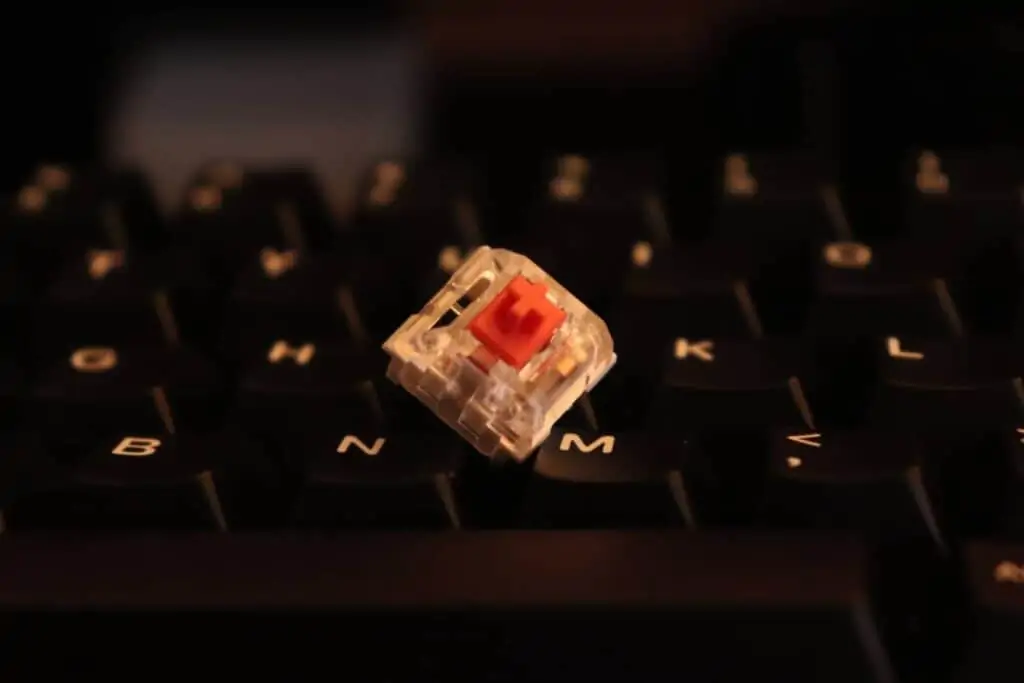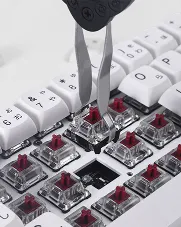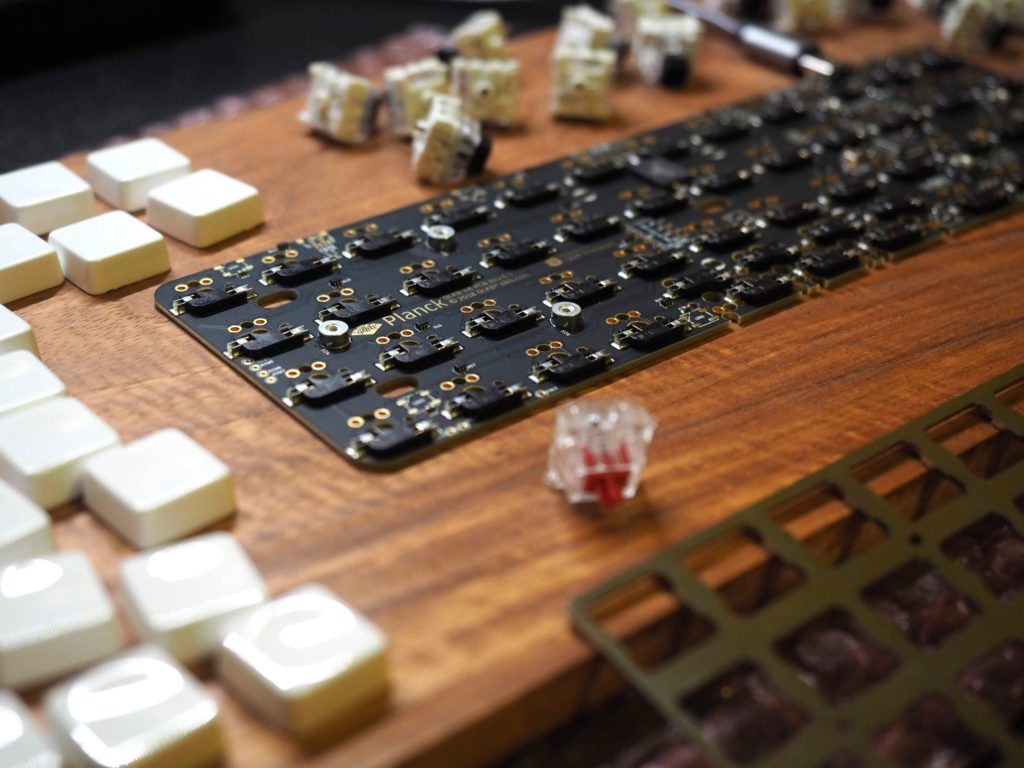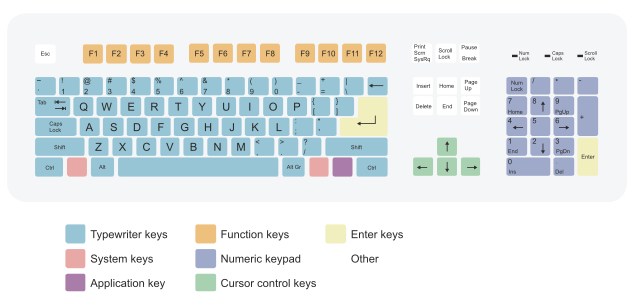
Have you ever wondered why so many keyboards operate on the QWERTY model? It might seem strange that, despite technology’s evolution over time, most computer and laptop keyboards are still based on this design.
Several factors have contributed to keeping QWERTY alive in our computers, tablets, and phones today.
In this blog post, we’ll take a look at the history behind this curious phenomenon called “QWERTY,” analyze its history, explain why it remains popular, and explore some viable alternatives.
The History Behind Qwerty
The QWERTY keyboard layout was designed by Christopher Sholes, a Milwaukee newspaper editor, to reduce key jamming on the mechanical typewriter, which was common. Sholes rearrange the alphabetic layout to slow down typing speed and prevent jamming.
He was also trying to accommodate double letters, like “ff” or “th,” which were difficult to type with mechanical typewriters at that time.
As a result of Sholes’ innovative arrangement of the keys, the QWERTY layout became an industry standard for typewriters in the early 1900s.
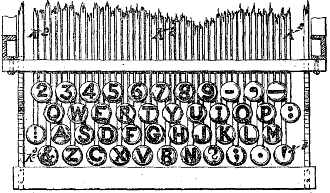
Qwerty a de facto Standard
The popularity of the QWERTY keyboard is due to its status as a de facto standard. De facto means “in fact” or “in practice,” and a de facto standard is an accepted standard that is widely used but has no officially recognized status.
How Did It Become Popular
- Qwerty replaced the typewriters: When the computer began to replace the typewriter, the QWERTY keyboard continued to be used because of its widespread acceptance.
- Qwerty became the standard layout: Companies that produced computers and their supporting applications followed suit and maintained the QWERTY layout as a standard on their products.
- IBM’s Personal Layout: The ubiquity of the QWERTY keyboard was further reinforced by the success of IBM’s Personal Computer (PC). Its standard keyboard came with the QWERTY layout, and as a result, many computer manufacturers adopted this design.
How Qwerty Layout make typing easier
The QWERTY keyboard layout is designed to make typing easier and more efficient for the following reasons.
- Keys Arrangements: Arranging the most frequently used keys near each other on the home row allows for more rapid typing without having to move the fingers too much.
- Vowels Arrangements: It places vowels on the left side and consonants on the right. This allows for more efficient typing with one hand.
- Special Characters Arrangements: All essential punctuation and special characters are placed in easy-to-reach areas of the keyboard.
- Typewriter’s Keyboard Jamming: It also helps to reduce the risk of jamming manual typewriters. The staggered design of QWERTY keyboards prevents keys from getting stuck when typed in rapid succession.
- Familiar design: The QWERTY keyboard layout is a familiar and comfortable design that has been used for decades.
Why It Remains Popular
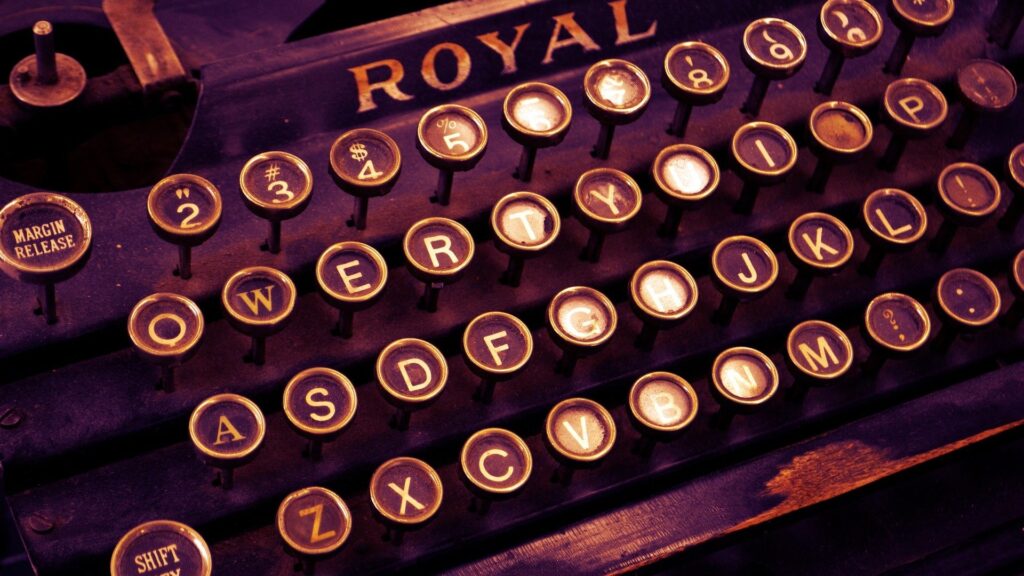
Today, why is the QWERTY keyboard layout still popular? There are a few reasons:
- Consistent Adoption: After decades of use and consistent adoption, many people have become used to typing on a QWERTY keyboard. As a result, it is often easier for users to type quickly and accurately with this arrangement than any other.
- People’s First keyboards: Most people have been using this design since they were kids learning to type on their parents’ first computer, and it’s become second nature by now.
- Industry standard: It has become the industry standard. Due to its popularity and ubiquity, many computer manufacturers continue to produce keyboards that use the QWERTY format. This is why even if you buy a new keyboard from a different brand, chances are it will be based on this design.
- Easy to learn: The QWERTY keyboard is familiar enough to quickly know how it works and be able to type efficiently and accurately in no time — even if you have never used a computer before.
See also: Best Budget Wireless Keyboards
QWERTY and its viable alternatives
Despite its prevalence, some people are still looking for alternatives to the traditional QWERTY keyboard. Several options exist — from Dvorak to Colemak and Maltron — that offer different arrangements of keys and various advantages.
Dvorak layout
It is designed to reduce the amount of finger motion required when typing. This layout is said to be more efficient and comfortable, as it requires less stretching of the fingers.
Colemak Layout
This is a relatively newer design based on the QWERTY layout but opts for more optimized key placements. It retains the familiar QWERTY layout but moves some of the most frequently used keys to different positions.
Maltron Layout
The Maltron layout is based on the QWERTY design, but it uses a split-keyboard format and puts the most used keys in the central area. It’s designed to reduce muscle strain and improve typing accuracy.
Why is Qwerty the winner?
The QWERTY layout is the most widely used keyboard design, and it’s easy to see why. It has been around for over a century; it is familiar and easy to learn.
Moreover, the current industry standard for keyboards is based on this arrangement. Therefore, if you’re looking for a keyboard, chances are it will be QWERTY.
Though the above-discussed and other alternatives exist, they may require more effort to learn or may not be available in your region.
Therefore, QWERTY remains the most popular keyboard layout to this day and is unlikely to be replaced anytime soon.
Conclusion
While Qwerty is the de facto standard, other variations still exist. QWERTY’s keyboard layout maximizes efficiency compared to typing with the old rectangular design without interfering with users’ motor memory.
Despite alternative layouts, they simply are not as widely used nor accepted as QWERTY, making it hard to truly compete with its history and reach.
For those who do use these alternatives, their reasons tend to be more personal and focused on health benefits, indicating that if asked about their choice of keyboards, ‘QWERTY’ usually comes out on top.
Frequently Asked Questions (FAQs)
Q: Why is Qwerty called Qwerty?
QWERTY is named after the five letters on the keyboard’s top row. This arrangement was first designed by Christopher Sholes, who first used it on his typewriter in 1873.
Q: How many keys are in Qwerty?
QWERTY keyboards typically have 101 keys, although some models may also have a numeric keypad with additional keys.
